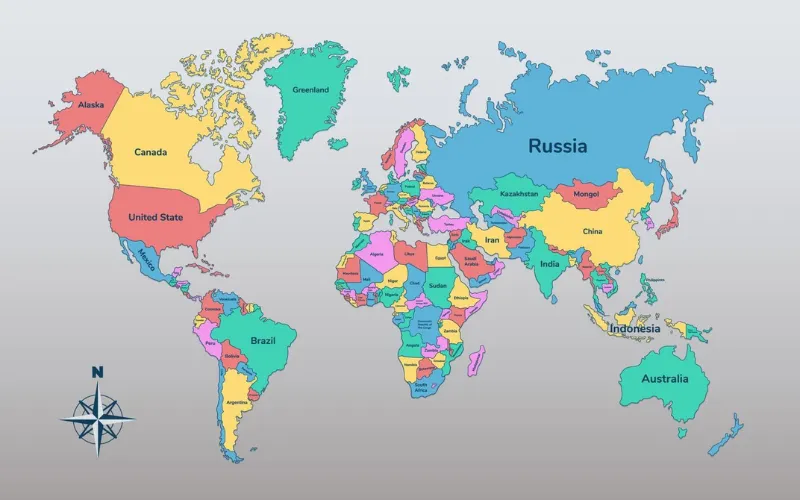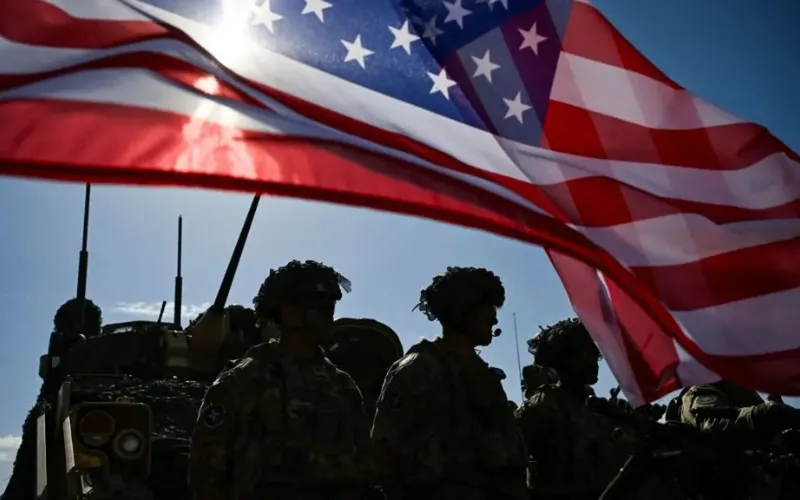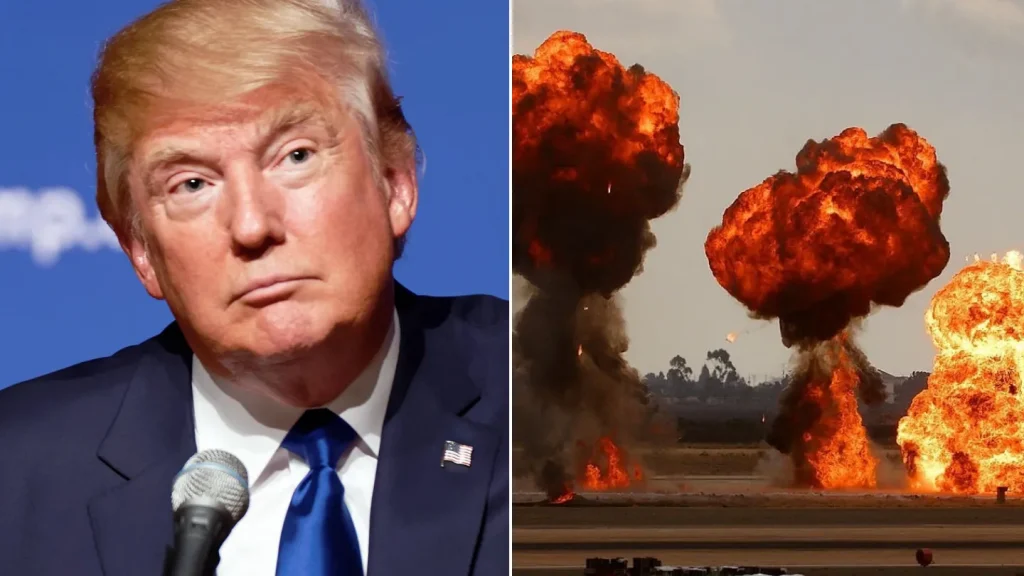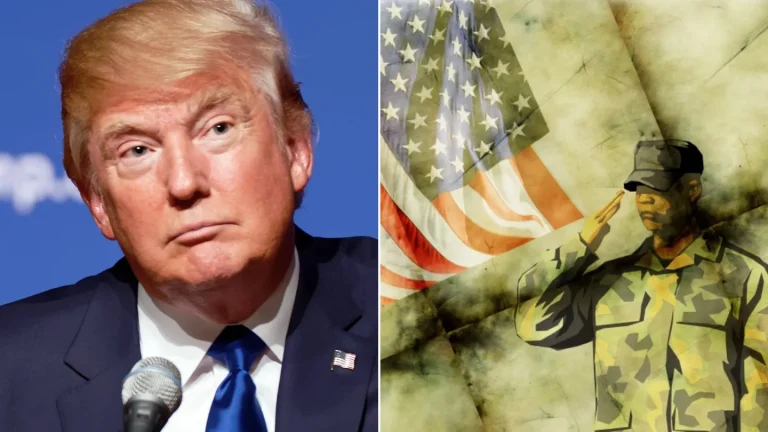Concerns about a possible global conflict have been mounting as tensions escalate in several hotspots, including the Middle East, Eastern Europe, and the Pacific. Military analysts warn that any large-scale war could push the United States to expand its forces beyond the all-volunteer military.
The U.S. has not implemented a draft since 1973, but the infrastructure to bring it back remains firmly in place. The Selective Service System, which all eligible males are legally required to join at age 18, exists precisely for such emergencies.
Former military officials have pointed out that while the draft is unlikely in the near term, the process is already mapped out in detail. “The framework is there,” explained a Selective Service spokesperson. “It could be activated quickly if Congress and the President decide it is necessary.”

If a draft were reinstated, the first step would involve authorization from Congress, followed by activation of the Selective Service system. A lottery would then determine the order of induction, assigning sequence numbers to birth dates in a public drawing.
Here’s where it becomes critical. The first group called would not be the oldest. Instead, the initial wave would focus on those turning 20 in the year of the draft, before moving to ages 21 through 25. Only after these age groups are exhausted would the draft turn to 19-year-olds and then 18-year-olds.

Those selected would receive induction notices instructing them to report to a Military Entrance Processing Station. There, each person would undergo physical, mental, and moral evaluations to determine fitness for service. Those deemed unfit would be sent home, while others would move directly toward training and deployment.

Individuals could apply for deferments, exemptions, or postponements, but the process is strict. Conscientious objectors, if approved, would still be required to serve in a civilian capacity, often for a period of two years, contributing to national health and safety programs.
By law, the first inductees must be ready for deployment within 193 days of draft authorization. This timeline ensures rapid mobilization during a national emergency.
There’s also another lesser-known element that could come into play. The Health Care Personnel Delivery System allows for the drafting of qualified medical professionals between the ages of 20 and 45, regardless of gender. This would be activated if the armed forces faced a shortage of essential healthcare workers.

While no draft is currently planned, ongoing discussions in Congress have included proposals to expand registration to women. As of now, the requirement remains only for males, but legislative changes could alter that in the future.
If the unthinkable happens and World War 3 breaks out, the first Americans to be drafted will be 20-year-olds with the lowest lottery numbers, followed closely by those aged 21 through 25. Alongside them, skilled doctors and nurses could also be called in to meet urgent battlefield needs.
Featured image: (Reddit/ X)






